Best Tack for Specific Disciplines
You might be surprised to learn that people often call dressage “horse ballet” because it focuses on precision and elegance.
The right horse tack is a vital part of this graceful sport and other equestrian activities. Specialty gear designed for specific styles can enhance your performance and strengthen your bond with your horse. Every piece of equestrian gear serves a specific purpose. This includes dressage bridles, eventing breastplates, and western show halters.
Riders need to pick the perfect tack for their chosen style to stay safe and succeed. This is especially important when considering different saddles for dressage, jumping, and eventing. Your discipline’s unique equipment needs matter a lot.
We’ll head over to the specific gear you just need for riding styles of all types. This information will help you make smart choices about your equestrian equipment. Let’s explore what each style requires.
Dressage equipment must meet exact requirements to make the demanding nature of this discipline work. The right tack choice will give a rider both comfort and the tools to send subtle cues during competition.
Dressage saddles and their unique features
Dressage saddles stand out with their deep seat that lets you sit securely while keeping proper position. These saddles come with long, straight flaps that line up with the lengthened leg position needed to work effectively. Most dressage saddles have:
- Close contact panels split to give good positioning with spine clearance
- Short front panel ribs and hinged knee rolls that bring horse and rider closer
- Extended flaps to keep girth buckles from getting in the way
- Deep but unrestricting seat that keeps you stable during complex moves
“The saddle you’re riding in could mean the difference between a winning dressage score and a losing one,” say many competitive riders who see score improvements of 4-7 percentage points after switching to proper dressage saddles.
Specialised bridles and bits for precise communication
Anatomical bridles have changed dressage by improving communication while putting horse comfort first. These bridles come with cut-back headpieces, plenty of padding and throat lashes placed strategically to cut down bulk around the temporomandibular joint area.
Competition bits need specific measurements—the mouthpiece diameter at the rings must be minimum 10mm for snaffles and 12mm for curbs. On top of that, only smooth mouthpieces are legal in dressage. Rules forbid any twists or changes along the bars.
Appropriate girths and saddle pads
Dressage girths are different from long girths because they buckle below the saddle flap. Your ideal dressage girth should rest a hand’s width behind the horse’s front leg—right at the narrowest part of the belly. Quality performance girths often have:
- Memory foam lining that shapes to your horse’s body
- Contoured design for free movement behind the elbows
- Elastic inserts at both ends to ease pressure
- Materials that breathe and keep things dry
Saddle pads with bamboo lining work really well because they pull moisture away from your horse’s skin. This helps cut down friction, especially with sensitive-skinned horses.
Optional accessories that improve performance
British Dressage lets you use certain accessories that can help your performance while staying within competition rules. You can use neck straps or balancing straps at all levels. More than that, you can wear body protectors, air jackets and soft-shell air jackets in conservative colours during competition.
Keep in mind that whips are fine in qualifying competitions but have restrictions at championships, including Area Festivals, Regionals, Nationals and Winter Championships.
Show Jumping Tack Requirements
Show jumpers just need equipment that gives them maximum mobility and protection. Unlike dressage where precision and containment matter most, jumping gear must make quick position changes easier and keep riders safe during dynamic movements.
Close contact saddles for optimal position
Riders heavily rely on close contact saddles that support their forward position. These saddles have a flat, close contact tree that gives more freedom as riders adjust their position when rising from the saddle. The forward-cut design has front and back knee blocks that help riders stay stable during jumps.
Jumping saddles’ flatter seat lets riders move their weight easily. This becomes vital when following the horse’s bascule (arched jumping position). Jumping saddles typically have shorter panels than dressage saddles. This lets the saddle sit closer to the horse’s back and improves communication.
Protective boots and bandages
Safety matters most when taking jumps at speed. Most show jumpers use:
- Tendon boots on front legs with hard outer shells to protect vulnerable tendons from pole strikes
- Fetlock boots on hind legs to protect the fetlocks’ inside
- Overreach boots to stop back hooves from hitting front heel bulbs
Tendon and fetlock boots should be light and breathable. They must cover vulnerable areas without limiting movement. Professional competitions require boot designs that meet FEI weight and measurement rules.
Breastplates and martingales for stability
Breastplates keep the saddle from sliding backwards. This becomes a vital concern when riding at speed or over jumps. Running martingales help maintain control by keeping the horse from lifting its head too high during jumps.
British Showjumping rules allow only standing and running martingales in official competitions. Standing martingales must connect to cavesson nosebands. Running martingales work through the reins. Five-point breastplates spread pressure over larger areas and provide comfort through elastic and sheepskin inserts.
All jumping gear must balance freedom of movement with safety. This creates harmony between control and the horse’s natural jumping motion for the best performance.
Western Riding Equipment Essentials
Cowboys working on ranches shaped Western tack to meet their practical needs. They focused on comfort and utility rather than looks. Modern competitive disciplines have adapted these traditional designs while keeping their unique style.
Western saddle variations by discipline
Your riding discipline determines the type of Western saddle you need. Each type comes with specific modifications:
- Barrel racing saddles:feature round skirts and remain lightweight. Their deeper seats and higher cantles keep riders secure during fast turns. Riders can easily grip the thinner horns during high-speed moves.
- Roping saddlesweigh more than others. They have reinforced trees and strong horns that handle the stress of dallying (anchoring rope). Forward-positioned stirrups help riders stay stable during quick stops.
- Cutting saddlescome with flat seats and high cantles to keep riders secure during sharp moves. Free-swinging fenders and roughout leather give riders better grip.
- Reining saddleshave deep seats that hold riders in place during sliding stops or spins. Their fenders move freely so riders can give subtle leg signals.
Bridles and bits for different western events
Western bridles or headstalls come in two main styles:
- Browband headstalls with leather that runs across the horse’s brow
- Ear bridles that loop around one or both ears
Most Western bridles don’t have nosebands, unlike English equipment. Western riders usually pick from these bits:
- Snaffle bits create direct rein action and work well for training young horses
- Leverage (curb) bits use shanks and curb straps to apply pressure at multiple points
- Bitless options such as bosals suit specific training methods
Rodeo competitors often add tie-downs to nosebands. This keeps horses from lifting their heads during quick moves.
Show-specific tack for western competitions
Western disciplines need different show tack. Western pleasure events showcase decorative saddles with silver details. Each event has its own tack requirements:
- Western pleasure and equitation classes use fancy show saddles with silver trim
- Working western events like roping and cutting need tough, practical gear
- Ranch classes look best with dark-coloured, tooled leather without extra decoration
Remember this rule: your tack should honour your discipline’s traditions while keeping your horse comfortable and performing at its best.
Cross-Country and Eventing Gear
Cross-country events come with their own set of challenges. Riders need tack that puts safety and functionality first, especially in unpredictable outdoor conditions. Your equipment must work well across multiple phases while giving maximum protection during the toughest parts.
Safety-focused tack choices
Safety equipment is the foundation of cross-country riding gear. A body protector that meets BETA Level 3 standard (2009 or 2018) is a must for all cross-country competitions. These protectors use foam panels to absorb shock and spread the impact from falls or kicks.
Many riders add air jackets on top of their body protectors. When a rider falls off, these jackets inflate and give up to eight times better protection than body protectors alone. All the same, note that you can’t wear air jackets by themselves—they must go over a body protector.
Safety stirrups are just as vital. They stop riders from getting dragged by using removable or breakable outer branches. Some riders use traditional safety stirrups with rubber rings, while others prefer advanced options like FreeJump with their articulated branches.
Your horse needs protective boots to guard against solid obstacles:
- Tendon boots with hard outer shells for front legs
- Fetlock boots for hind legs
- Overreach boots to protect heel bulbs
- Stud guard girths to prevent injuries from studs
Transitioning tack between phases
Eventing requires smart equipment changes between phases. Most riders use different saddles—a deep-seated dressage saddle for the first phase, then switch to a jumping saddle for show jumping and cross-country.
Riders change bridles between phases. Snaffle bridles work well for cross-country at every level. Bit choices can vary widely, from snaffles and gags to hackamores and bitless bridles.
A well-organised system helps you move smoothly between phases. Using a detailed checklist ensures you have everything ready, from protective gear to specific tack for each discipline.
Conclusion
Your chosen equestrian discipline just needs the right tack to keep you safe and successful. Different riding styles require specific equipment that improves performance and keeps both horse and rider comfortable.
Deep-seated saddles and anatomical bridles work best for dressage riders. Show jumpers need close-contact equipment that maximises mobility. Western discipline’s equipment features practical designs adapted for specific events. Cross-country gear focuses on protection when conditions get challenging outdoors.
Quality tack creates your vital connection with your horse. The right equipment for your discipline, along with proper fit and maintenance, will help you reach your equestrian goals effectively. Your discipline’s unique requirements deserve careful consideration to help you and your horse perform at your peak.

Welcome to Sell Your Horse, a platform dedicated to connecting equestrians with each other, making horse buying and selling easier and more transparent. With a focus on technology and community-building. My mission is to help like-minded equestrians find the right connections, share knowledge, and build a trusted equine network.




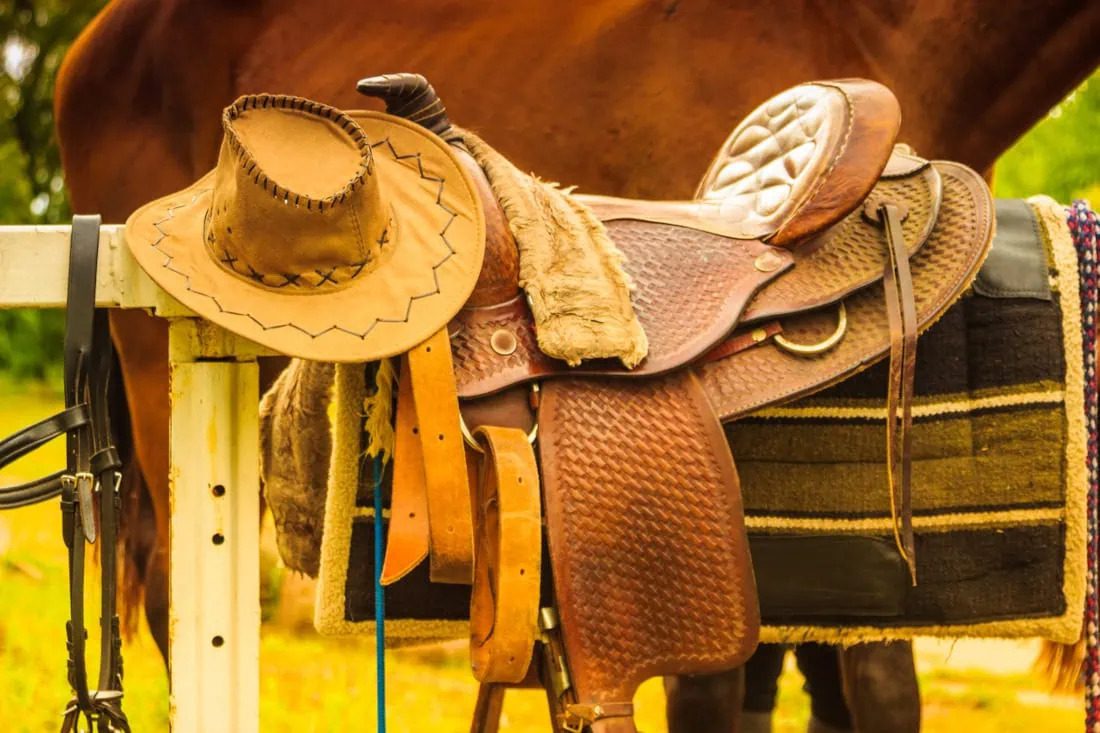
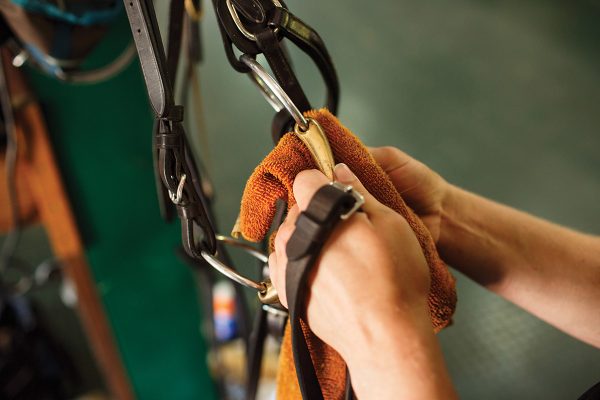

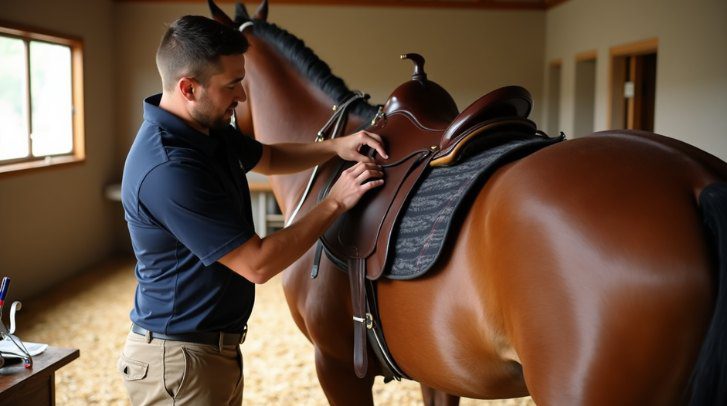
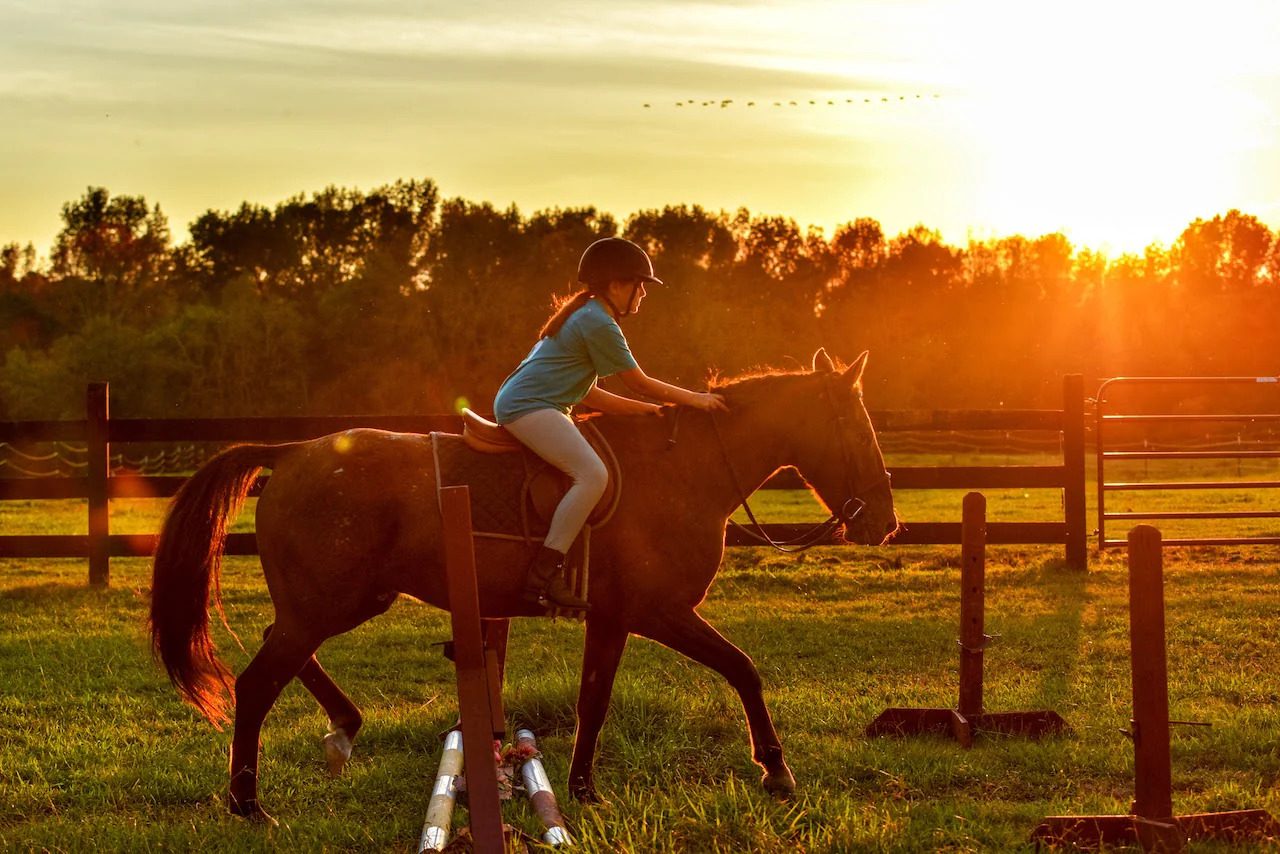
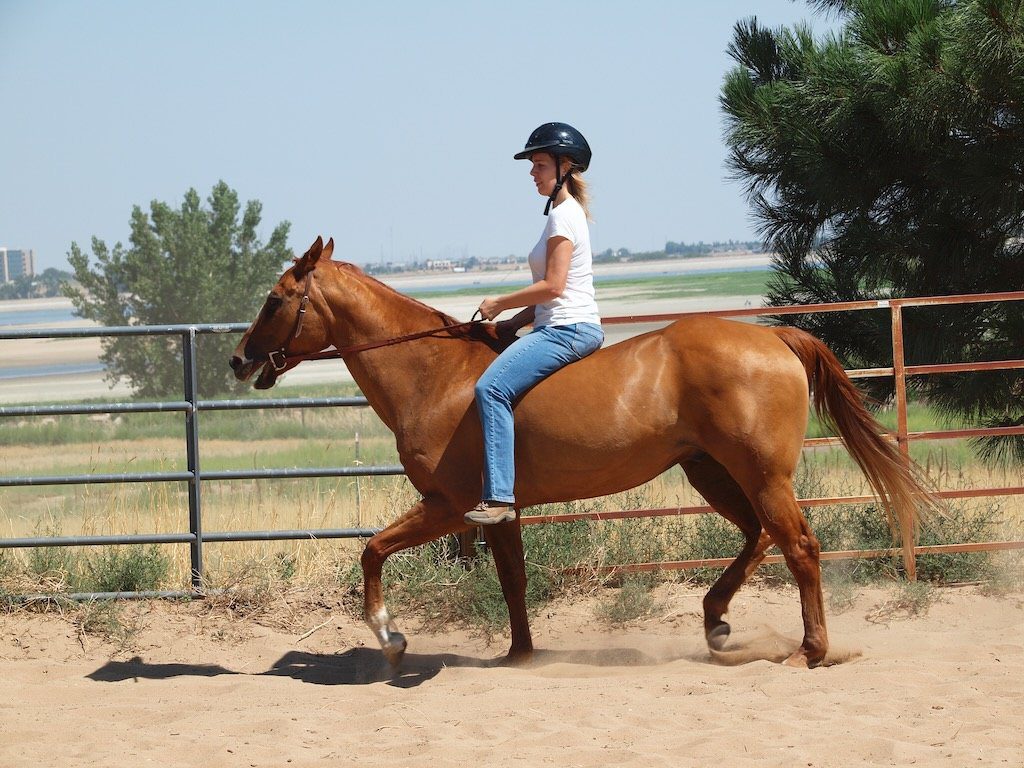
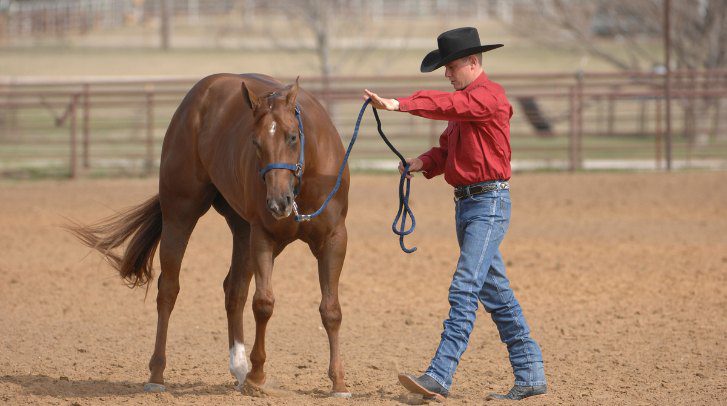
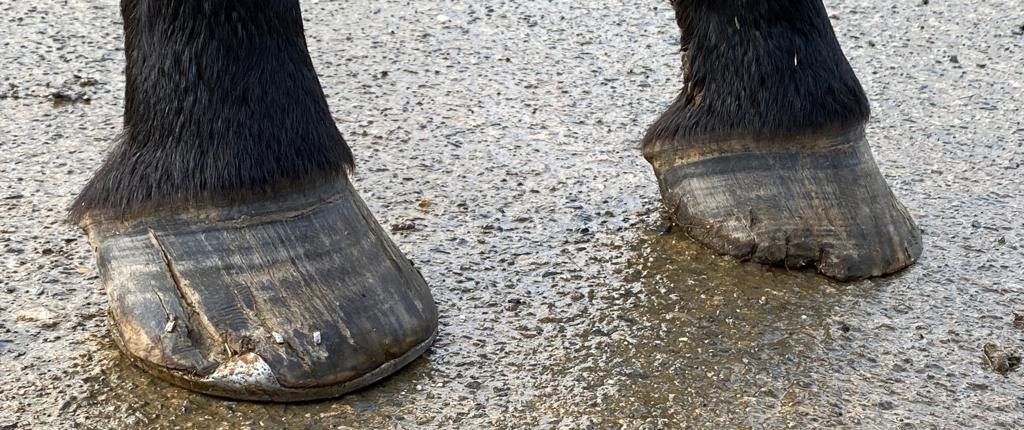
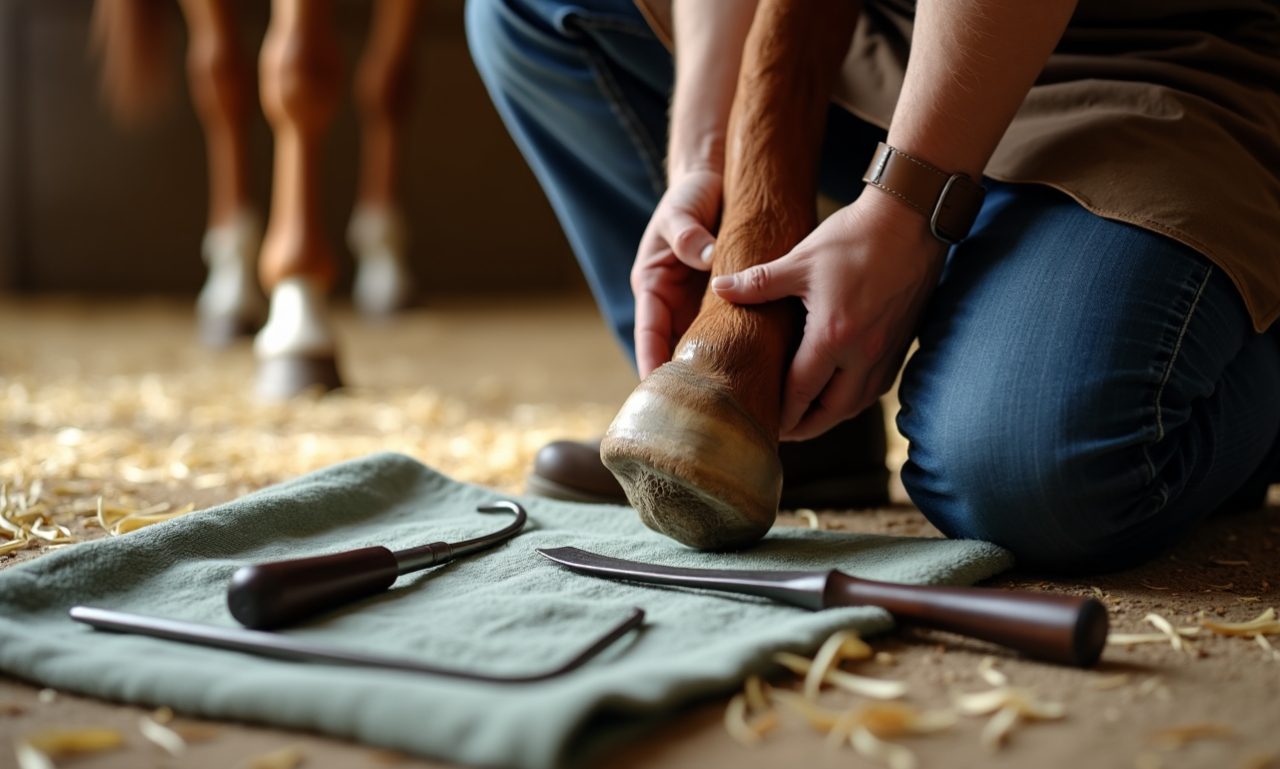

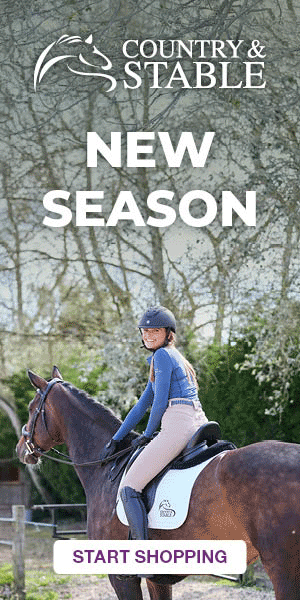
 Featured Listings
Featured Listings
 Adverts
Adverts
 Horses For Sale
Horses For Sale
 Tack & Equipment
Tack & Equipment
 Horseboxes & Trailers
Horseboxes & Trailers
 Equine Properties
Equine Properties
 4x4 Vehicles
4x4 Vehicles
 Horses For Loan
Horses For Loan
 Horses Wanted
Horses Wanted
 Stallions at Stud
Stallions at Stud
 Equine Services
Equine Services
 Riding Holidays
Riding Holidays
